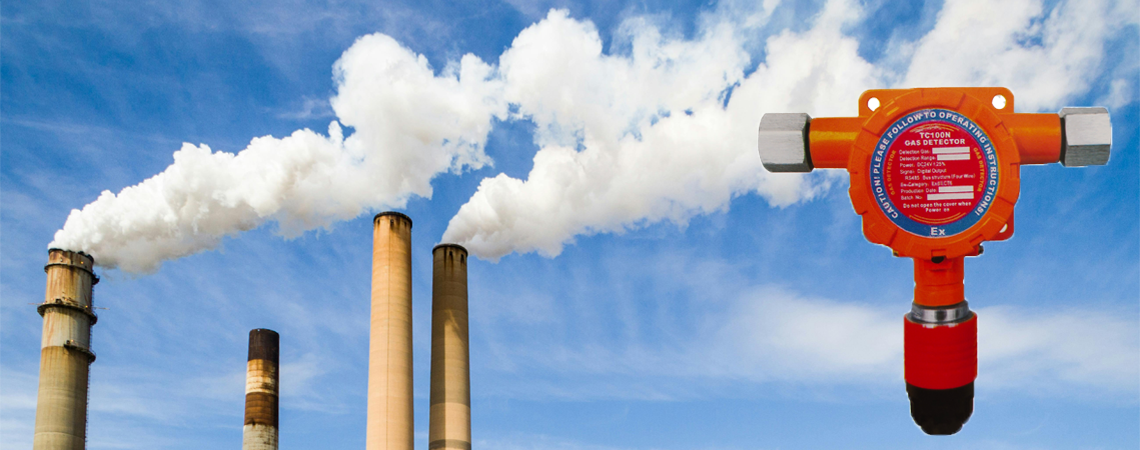Common Gas Hazards in Different Industries
Published on: 2024-08-07 Views: 644

Gas hazards pose a significant risk to every industrial sector, so proactive measures are needed to ensure worker safety and regulatory compliance. Understanding the specific types of gases prevalent in different industries is critical to implementing effective gas detection and mitigation strategies.
1. Manufacturing and Chemical Industries
In manufacturing and chemical facilities, workers are exposed to a variety of hazardous gases, such as hydrogen sulfide (H2S), ammonia (NH3), and chlorine (Cl2). These gases can leak during the production process or during storage, causing health risks such as respiratory problems, chemical burns, and even death. In these environments, gas detection systems can continuously monitor gas levels, facilitating timely evacuation, control, or ventilation measures to minimize exposure and prevent accidents.
2. Oil and Gas Industries
The oil and gas industry faces unique gas hazards due to the extraction, refining, and transportation of petroleum products. Hydrocarbons such as methane (CH4) and volatile organic compounds (VOCs) are commonly found in oil fields and refineries. These gases are highly flammable and can cause explosions if not properly monitored. Additionally, hydrogen sulfide is a significant concern, especially in sour gas operations, where it presents direct health risks and potential environmental impacts.
3. Mining
In mining operations, underground environments present serious gas hazards such as carbon monoxide (CO), methane, and hydrogen sulfide. Methane, in particular, is highly flammable and explosive when it reaches a certain concentration. Carbon monoxide, a byproduct of diesel equipment and blasting activities, presents a serious health risk due to its odorless and colorless nature, and can be difficult to detect without the proper gas detectors.
Identifying and managing gas hazards is an important part of occupational health and safety procedures across industries. Employers must prioritize comprehensive risk assessments, adequate training of personnel, and the installation of reliable gas detectors. By understanding the specific gas hazards associated with their industry and implementing proactive safety measures, organizations can effectively protect workers, reduce operational risks, and adhere to regulatory compliance standards.
